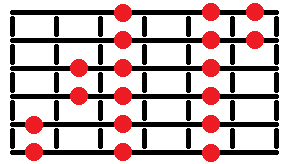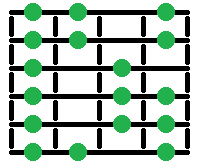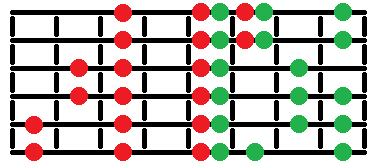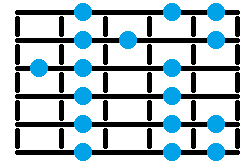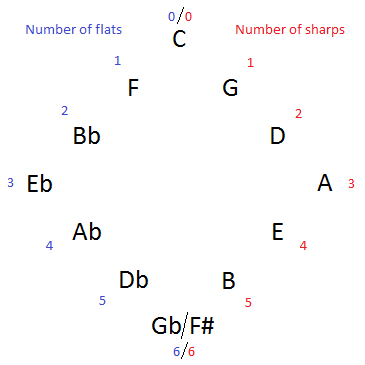In light of several changes happening in my life at the moment, I’d like to share my updates and plans for the future.
These last two months have been the busiest months I’ve been through for a long time. I’ve been bouncing around between my part time acoustics job, an IT support job, an internship at a music composing company, helping a few friends record their CDs, and writing my own music. As evidenced by the dates of my latest posts, this sporadic schedule has taken its toll on my blogging. I originally started this blog with the intention of keeping people updated on my musical endeavors, but it has clearly turned into more of a music theory tutorial site than anything.
If writing this blog has taught me anything, it’s that I absolutely love explaining things to people. I believe that the final step in learning a topic is being able to explain it to someone else in a clear way. I also believe that no topic is too basic to revisit. While writing any tutorial post I have to double-check my facts and give myself a little refresher on the topic. I often learn something new even when I refresh myself on something that I feel confident with. This is just another reason for me to keep doing these tutorials, whether they are music related or not. This blog has also shown me that there are plenty of ways I can improve my writing. I look back at older posts every now and then and practically cringe! I always feel as though I’m improving, and there is still much more room for that.
“Alright, what’s your point?”
I’ve done quite a bit of thinking about my plans/dreams/goals for this blog, and I’ve decided that it’s in desperate need of some updating. I plan on either buying it a domain so that I can ditch the “.wordpress.com” extension, or fusing it to the website I currently own, which is www.danflorio.com. Once I make this site more “official”, I want to reorganize my posts to focus more on the tutorials. This would mean editing and reformatting older posts to give them a more professional look, and making them more accessible. My goal is to put together a community for people to learn and discuss with each other, rather than a blog format where posts are scattered all about.
Along with a massive blog reformatting, I’ve considered writing a music theory book geared towards absolute beginners, and/or developing some sort of music theory app.
“So what does this mean? No more posts on this blog?”
For the time being I still plan on tossing up a few posts here and there on this particular blog, but they will remain fairly scarce for a while until I really get my act together. Until that time, I’m still happy to go over any requested topics, so please let me know if you have any! You can post them here, email them to me (dflosounds@gmail.com), send me a tweet (@danfloriomusic), or post on my Facebook page.
Now stop reading this and go back to playing some music.
